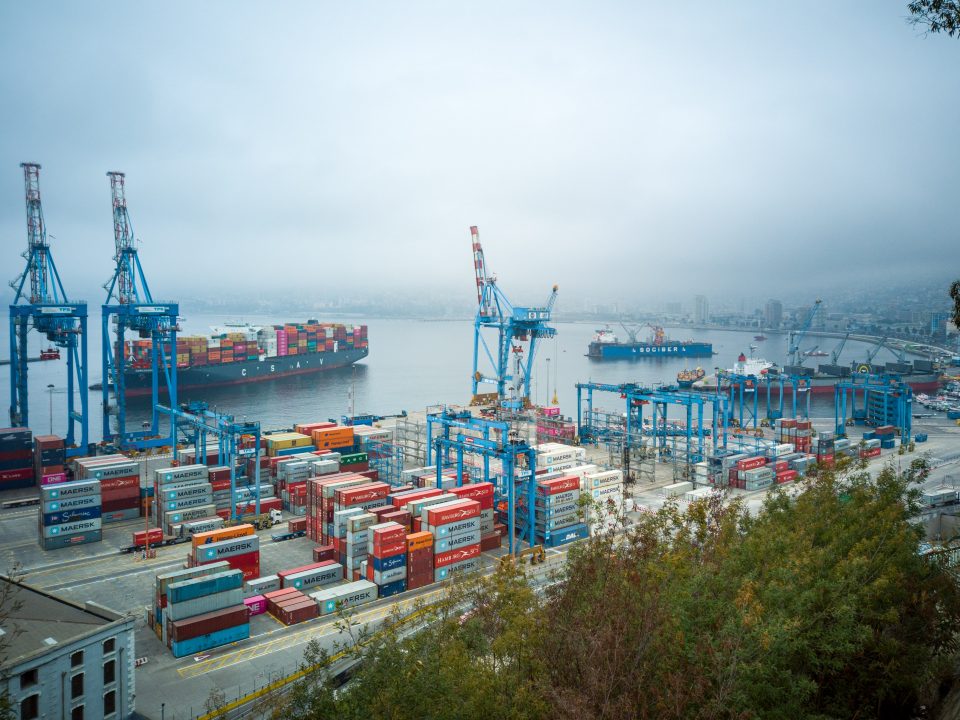When dealing with the transportation, shipping, and logistics industry, you may be bombarded with confusing acronyms and terminologies. However, they are there for a reason. Acronyms make remembering long terms a whole lot easier.
With that said, if you are looking to understand the various acronyms and terms used in the transportation industry, we have listed down a few to help you learn what they mean.
1. BOL
BOL is short for Bill of Lading, which is the paperwork provided to a company containing the details of a specific shipment for processing. Essentially, it is like an invoicing receipt for the shipping industry. In it, you can find the packaging type, description of the contents, and more. It is one of the most important documents in a shipment, and for that reason, it must be as accurate as possible. Mistakes here can lead to various problems, such as delays and fees.
2. EDI
EDI is short for Electronic Data Interchange. The EDI is the connection between different businesses to facilitate the quick exchange of information, such as sharing invoices and tracking deliveries. The EDI is vital because without such a system in place, processing a shipment can take a lot longer because different companies will have to wait on others to provide relevant information. With an EDI, a business can quickly send something like a BOL to help another company understand the shipment’s details.
3. FOB
FOB is short for Free on Board. It is a terminology used to point out that liability and ownership for a specific good are being transferred from the seller to the buyer. It states who is responsible for paying different things (such as freight charges) and also indicates when the buyer will become the owner of the shipment.
4. FAK
FAK is short for Freight of All Kinds. It points out that a container houses various products to simplify the rating and pricing process. While they may not be used for large shipping companies, small and medium businesses will generally work with FAK because it is much more affordable and easier to deal with.
5. GVW
GVW is short for Gross Vehicle Weight. As the name implies, it is the vehicle’s gross weight plus the cargo it is carrying. This detail is important because the numbers can indicate whether or not a vehicle is overloaded. An overloaded transport vehicle can be a danger to the operator and others.
6. NMFC
NMFC is short for National Motor Freight Classification. It is the category of a specific freight designated by NMFTA (National Motor Freight Traffic Association), which are then subdivided into classes to understand shipping charges. In many cases, the higher the class, the more expensive the costs.
Conclusion
Depending on what you do in the shipping industry, you may run into some of these acronyms more often than others. Regardless, understanding such terminologies are essential to ensure you know what you are doing when getting products from point A to point B. If there are any other things you may not understand, take the time to figure out what they mean.
RJS Logistics helps transport various products for customers, from grocery items and fresh produce to metals and machinery. If you need a logistics company in North Carolina, contact us today and see how we can help.




